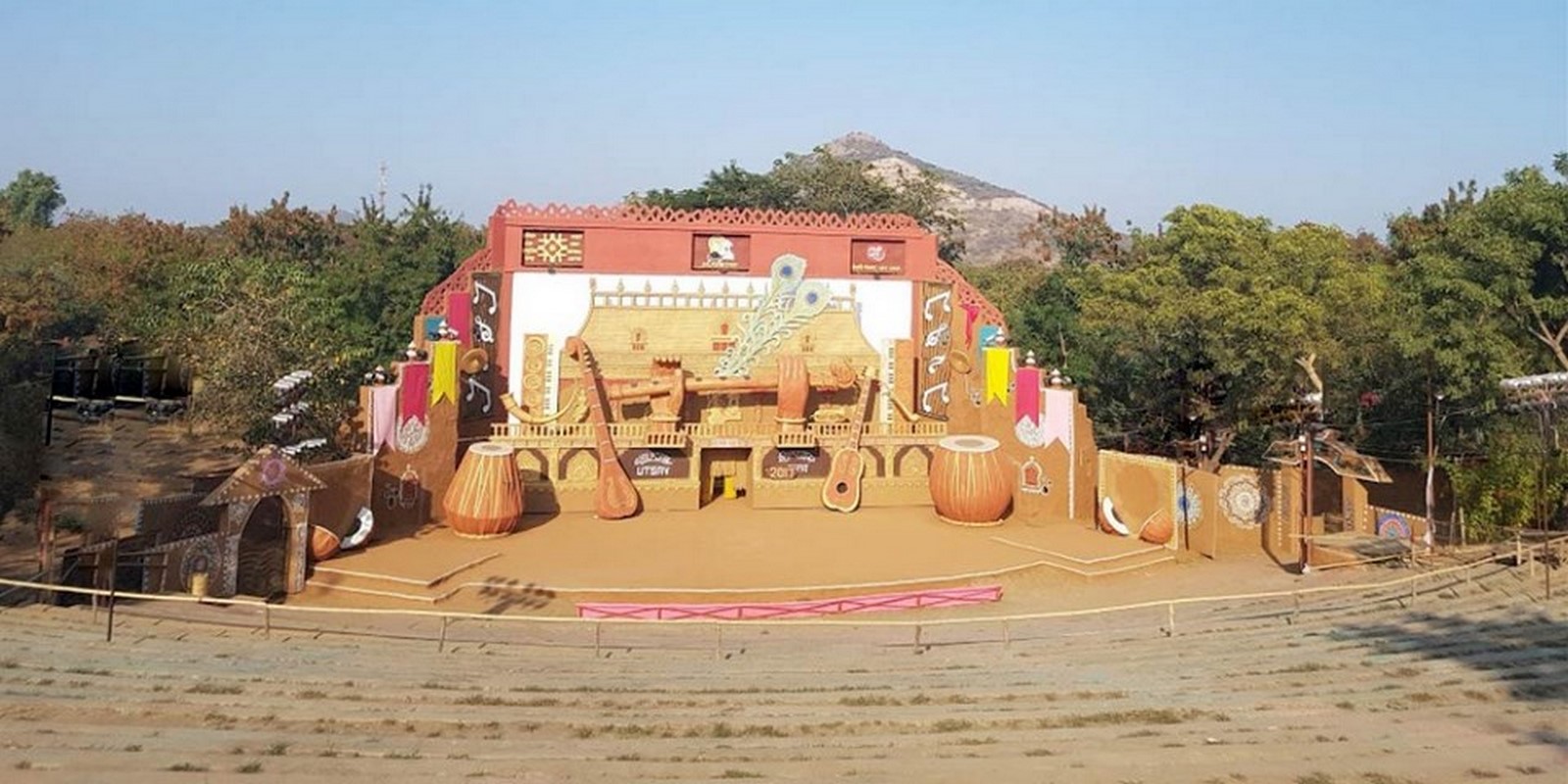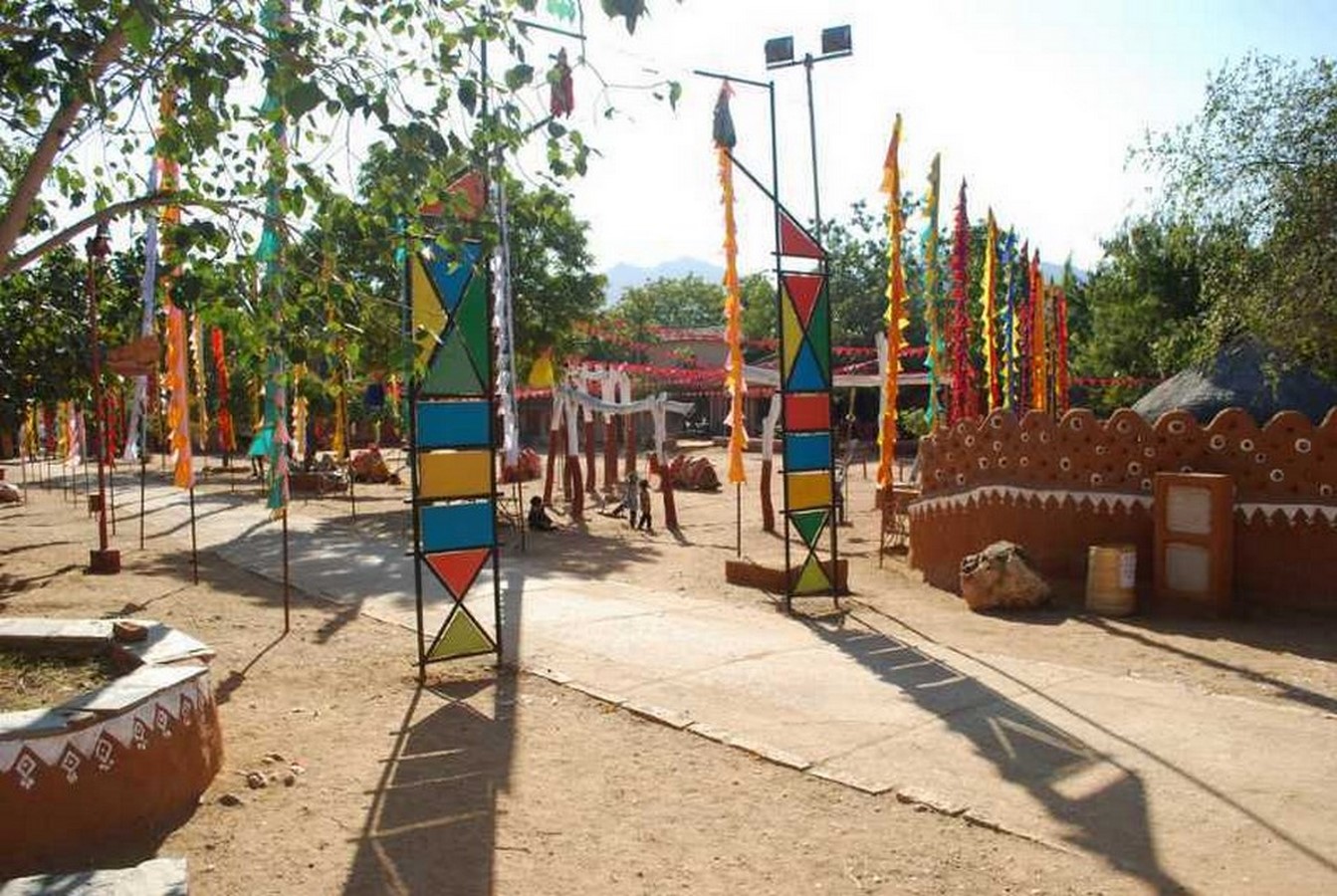“The traveller who goes there first is likened to a man who begins his banquets with master-piece and is worried to find other dishes rather dull.” – Prince of Wales.
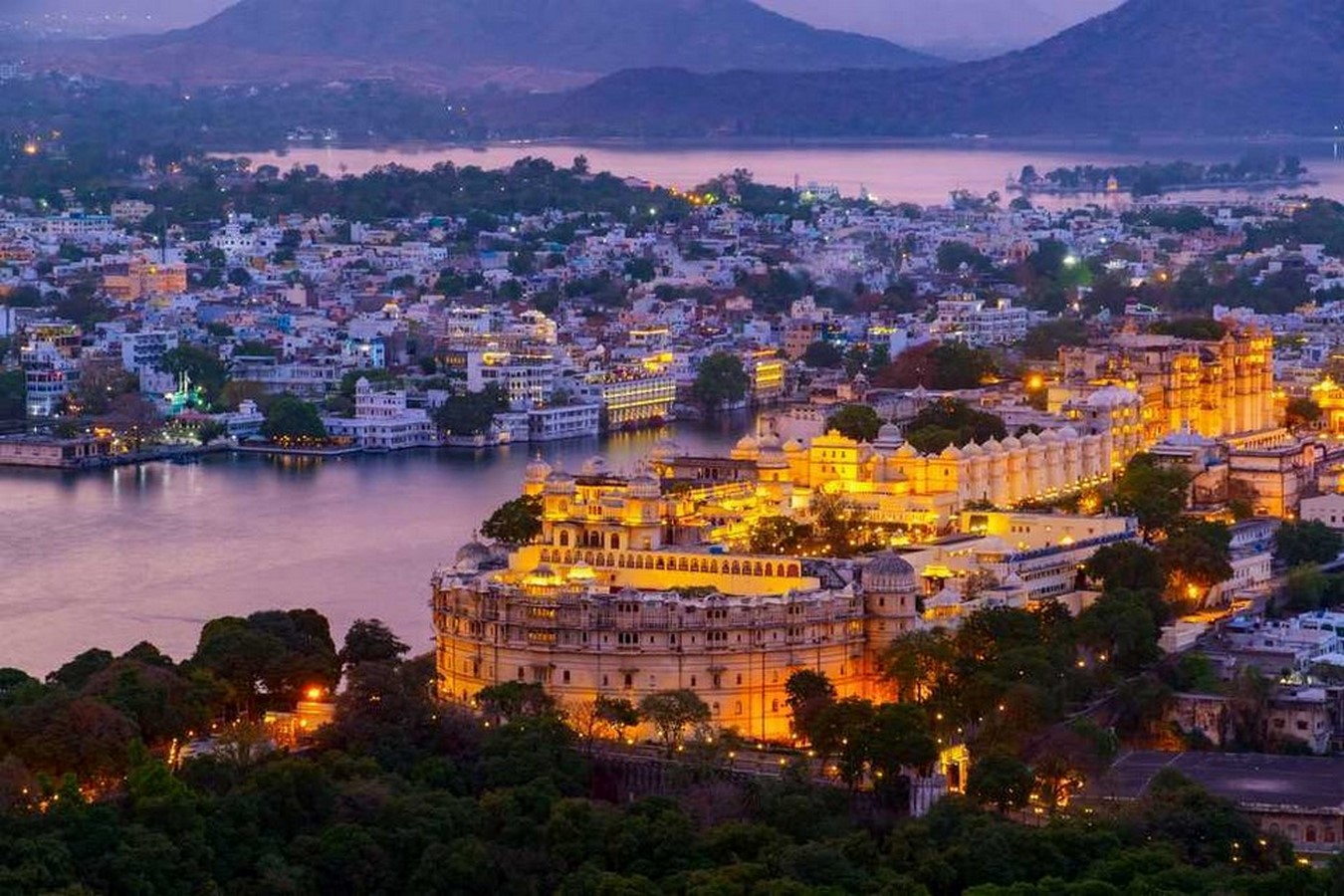
Lying in the bowl-shaped basin of the Aravalli ranges in Southern Rajasthan, Udaipur, also called the City of Lakes is compared to the European city of Venice for its romantic appeal. The rugged terrain created favorable conditions for the defense and opportunities for the medieval settlement. The city became the capital when King Udai Singh of Mewar moved here from Chittorgarh and was the last capital of the Kingdom of Mewar. Therefore, the image of the city is one that emphasizes Rajput heritage making it a major tourist attraction in the country. The heritage fabric of the city creates an excellent example of harmony between its natural elements and the built form.

Like other medieval cities, the ancient city center of Udaipur is a sacred place with respect to administration, architecture, and religion. The most dominating feature of Udaipur is Lake Pichola, the urban fabric along which represents the development of the historic core. The lake influences favorable changes in the micro-climate of the region where people are faced with low humidity, scorching heat and glare. The built form uses the cooling quality of water and the reflecting surface of water increases the visual scale and prominence of the palaces built around it.
The AmbraiGhat, located on the bank of Lake Pichola serves beautiful views for enjoying the sunrise and the sunset, with water soothing the feet and giving an experience like never before.
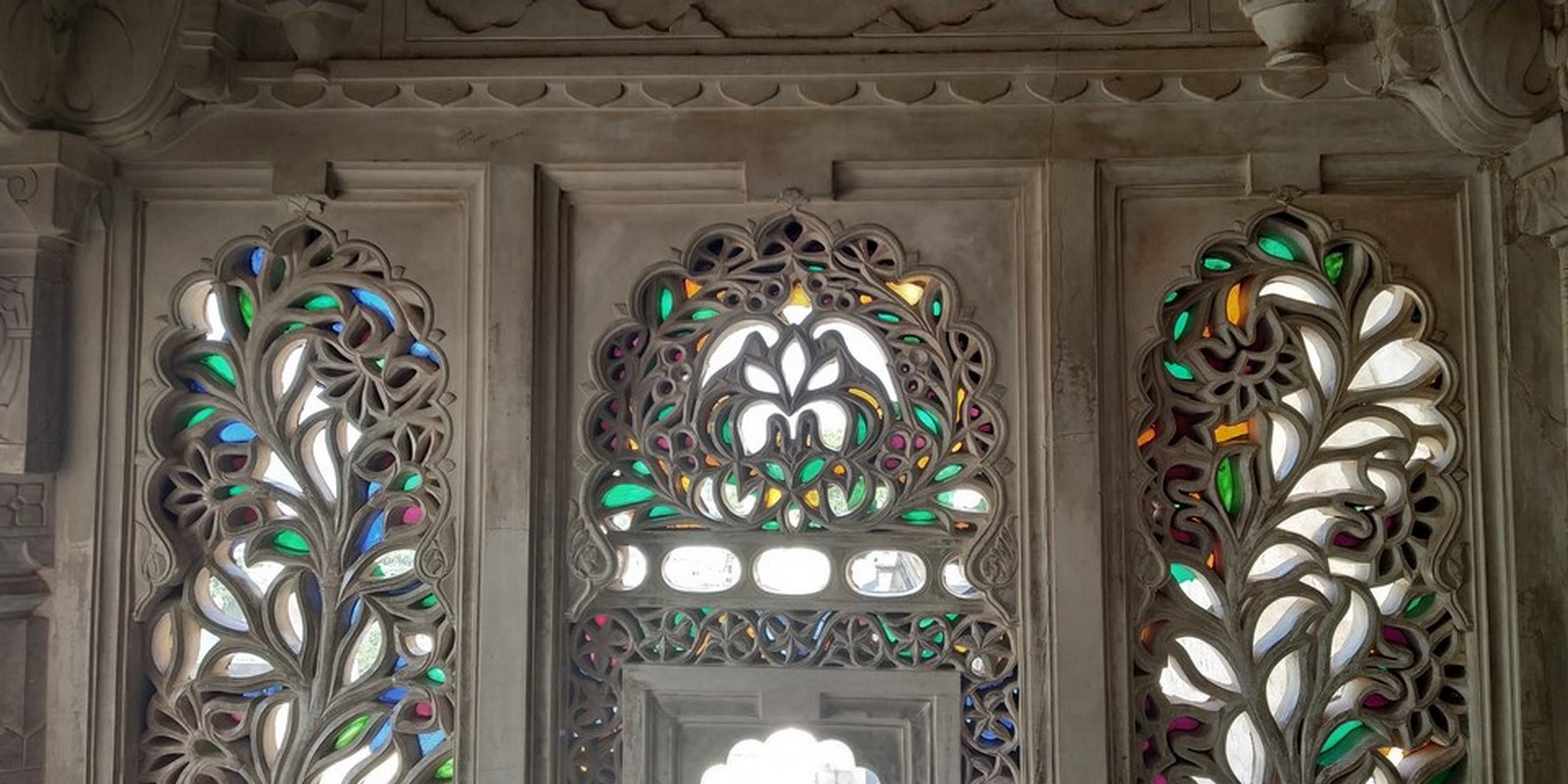
The town is often associated with the presence of the marvelous Lake Palace which reflects the wealth and valor of the Mewar Kingdom. It was the former ruler’s summer palace, which was later transformed into a hotel. Another palace that is associated with the center of royal power in the city of Udaipur is the City Palace. It embodies the history of the Sisodia Royal dynasty.
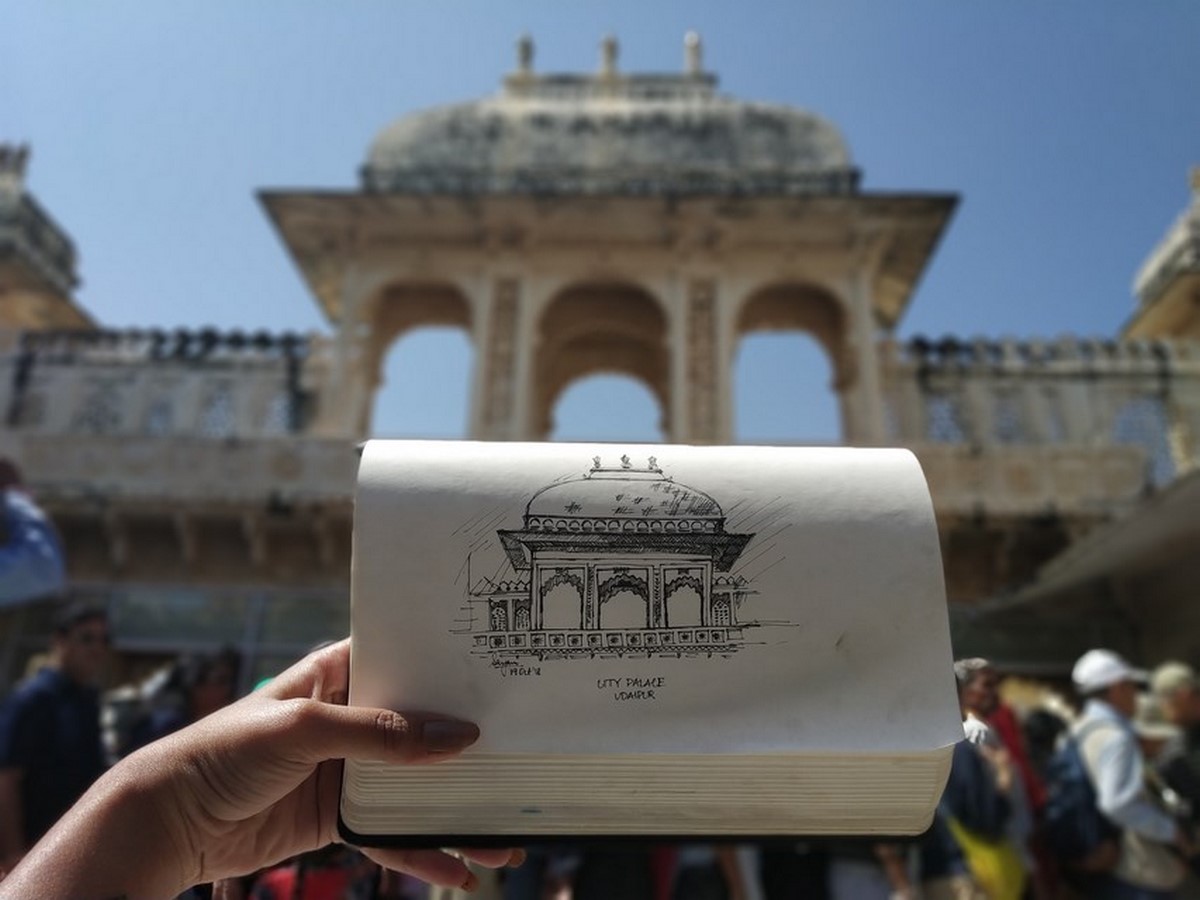
The City Palace is the structure around which the settlement was found; buildings separated by several chowks, courtyards, and hanging gardens. The historic buildings are a property of the Mewar royal family and are managed by several charitable trusts. This is referred to as the ‘tourist city’ as most of the economic activities related to tourism take place within the narrow streets of these settlements.
The intricacies of this heritage can be better understood during a stroll along the streets of the old city – displaying handmade fine art paintings, mojdis, handmade leather goods, beautiful pieces of silver and stone jewelry, interesting traditional Rajasthani clothes, bed sheets, upholstery, etc.
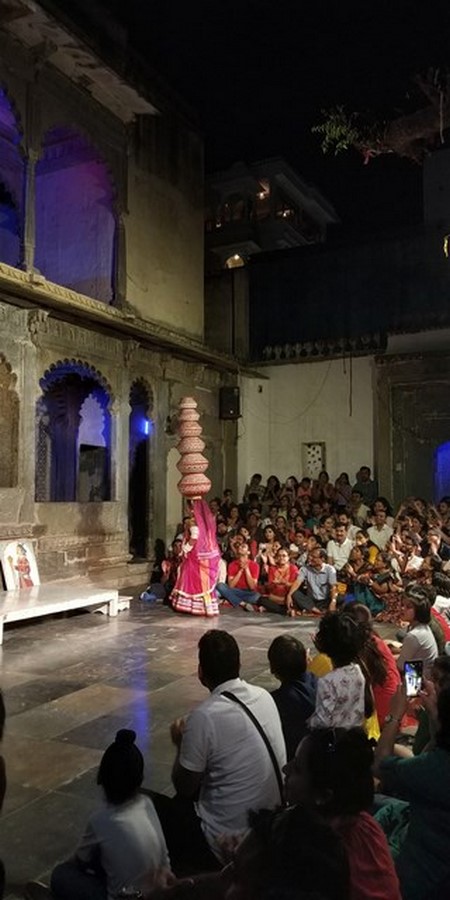
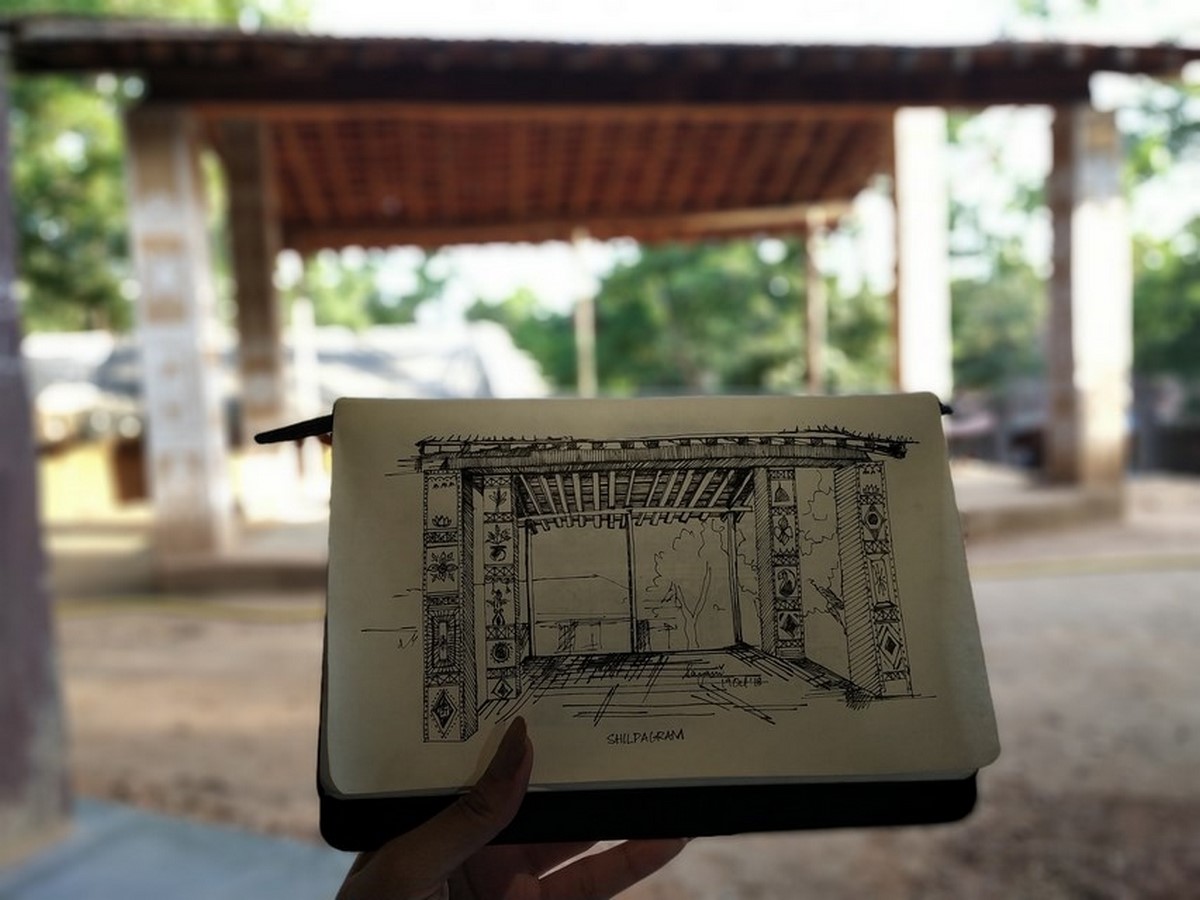
The topography and landscape dominate the overall form and settlement pattern in Udaipur with the lake providing ‘a sense of place’ for generating distinctive organic order. The historic core of the city has mixed land-use, but with time increased tourism and change in development pattern has diluted the hierarchies in the built form. Large scale religious and administrative structures stand out as the main elements amidst the hustle-bustle of the city- a representation of grandeur of the bygone era.
The dominance set by the palace is broken down with the appearance of shikharas of the temples. Jagdish Chowk is the main center of the old layout of the city due to the presence of the main temple, Jagdish Mandir. A large number of Indian and foreign tourists visit the temple, especially due to its close proximity to the City Palace. The temple is dedicated to the Garuda bird, a manifestation of God Vishnu, and the architecture of this temple is particularly different from other prominent structures of the city.


The most prevalent feature of buildings is the ‘cusped’ or ‘peacock’ arch supported by fluted columns – a highlight of Rajput architectural decoration. Windows often have tinted glass, and often used with screens to offer privacy and reduce solar radiation. Other remarkable elements of Rajput architecture visible in the historic monuments and old buildings are expansive balconies that create a visual link with the water bodies, the arched elements over doorways and windows, the use of sandstone, and whitewashed walls of the havelis along with the beautiful chattrison towers and forts.

Udaipur is also famous for its local handicrafts and traditional performing arts. The famous Bagore Ki Haveli, hosts daily Rajathani performing arts show in the evening called ‘Dharohar Dance Show’ that attracts a large number of tourists. Built in the 18th century by Amar Chand Badwa, the haveli stands magnificently on the waterfront and has been now converted into a museum. The haveli was restored using local and traditional materials and skills, lakhori bricks, and lime mortar, such that the royal look in the same old architectural style can be retained. It is a symbol of Mewar’s aristocratic culture and has about 138 rooms. The Chamber of the Royal Ladies is worth a visit for its renowned tinted glass windows and two peacocks made with colored mosaic, showing exceptional craftsmanship.

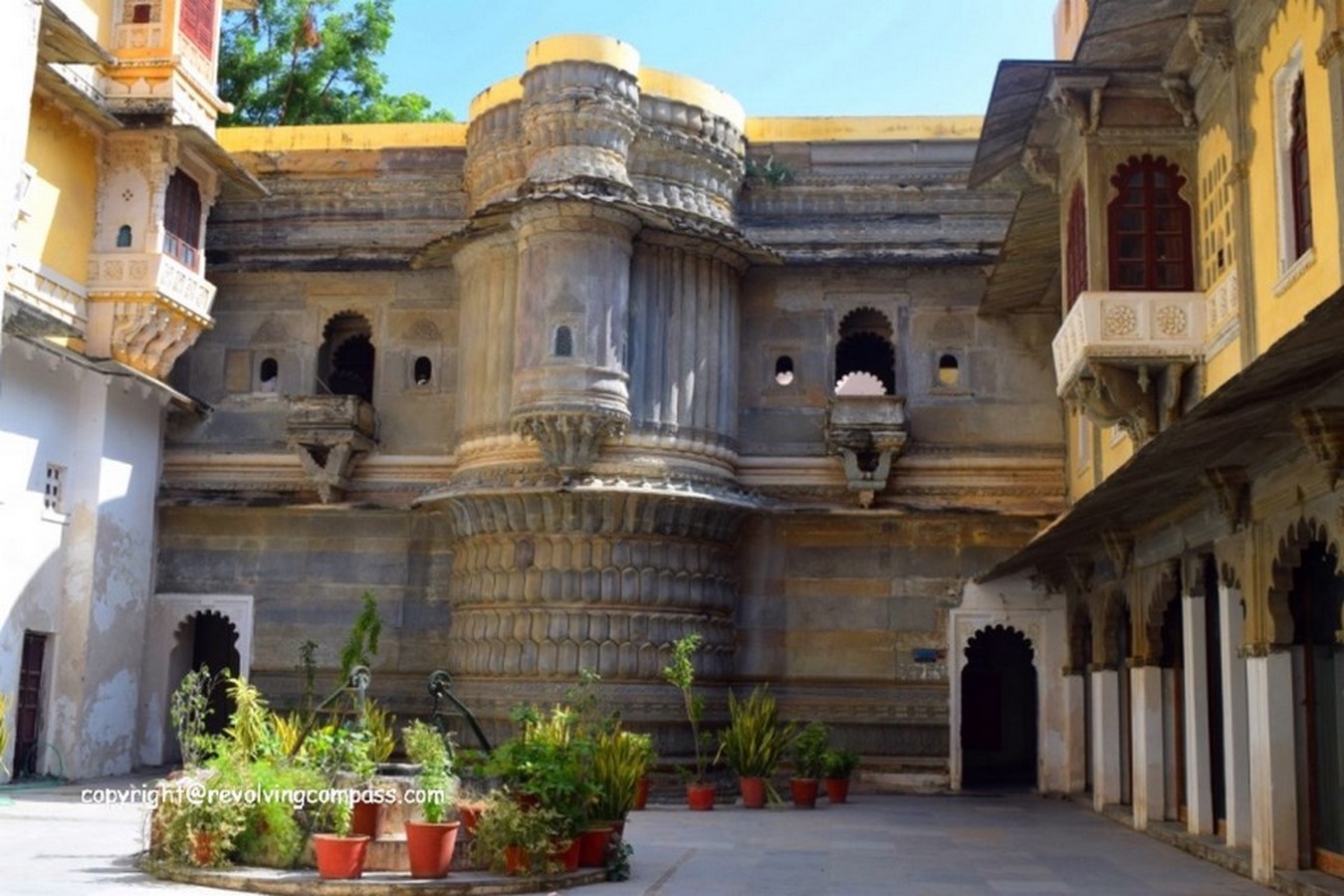

In the outskirts of Udaipur, near Havala village, a one-of-its-kind ethnographic museum called the Shilpagram is located that reflects the culture and heritage of the whole western India. The main objective of the museum was to promote the culture and lifestyle of ethnic minorities and tribal communities, keeping them alive through their art forms – art, handicrafts, music, dance, theatrics, puppetry, and more – all presented in their rawest form.
The historic city of Udaipur has survived pressures of unprecedented growth and today lends itself as a very important tourist city with a unique charm, grand history, and outstanding architectural and cultural heritage. But the strategy of development and preservation must be in lieu of the characteristic heritage of the urban fabric, such that it embraces conservation activities with a more sensitive approach.
